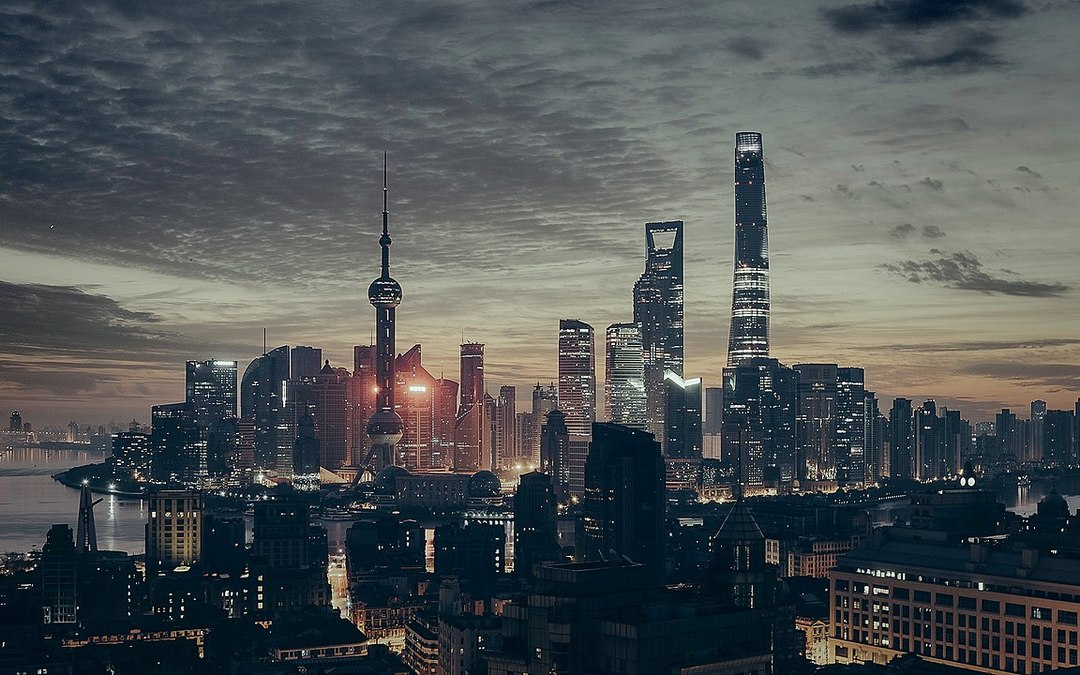Whatare the fundamental axes of the Chinese economy?
Over the past four decades, the country has experienced high economic
growth to become the second world power and the first exporting country. If you want to know more about the fundamental axes of the Chinese economy, read on.
The country’s strong openness in 2001 following the accession to the World Trade Organization (WTO) and
its strong industrialization are key to understanding China’s growing importance in the world economy.
The great manufacturing development that has characterized the Chinese economy has been based on the use of low labor costs to carry out production or assembly lines
of imported components, mainly from other Asian countries, for
later export, especially to the United States and Europe.
This strategy has made
China the world’s largest industrial producer of goods.
The reform process of recent decades has been oriented to development abroad, through its integration into the international economy.
In recent years, the promotion of consumption levels is
being encouraged, which has led to it now being the country with the highest rates of consumption growth in the world.
In short, China’s economy is immersed in the transition from
an essentially industrial economy to one in which servicesand private consumption will be the
engines of growth.
IS CHINA ECONOMY SLOWING DOWN?
The lower growth of recent years has generated numerous speculations about the health
of the Chinese economy. However, the International Monetary Fund’s growth forecasts remain attractive: 6.6% and 6.2% are expected for 2017 and 2018, respectively,while the growth targets set by the Chinese government for the
next five years by the XIII Five-Year Plan are 6.5%.
Similarly, the slowdown is, given the relative situation of the international economy, as it remains in line with other
Emerging Asian countries and remains well above global average growth.
In addition, areform process has been carried out since the government to energize the economy through policies to protect the environment and the development of clean energy, to develop the
urbanization process, to rebalanceincome distribution (which will
raise consumption) and the modernization of agriculture and industry. Major reforms are also needed in the financial sector, in the financing of local governments and in the workof the
Administration.
The fight against corruption, in which the government is putting so much effort, is also fundamental to success in changing the model.

